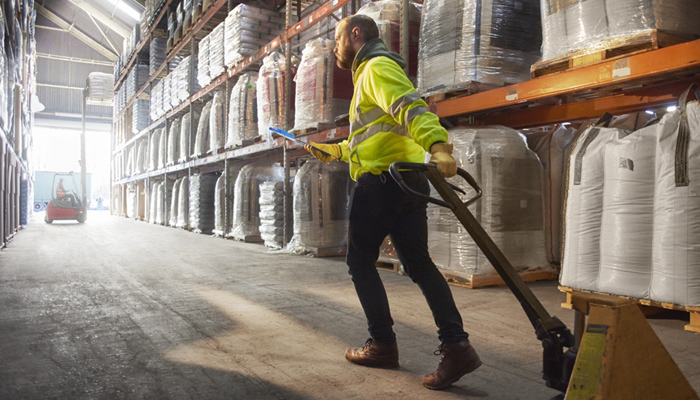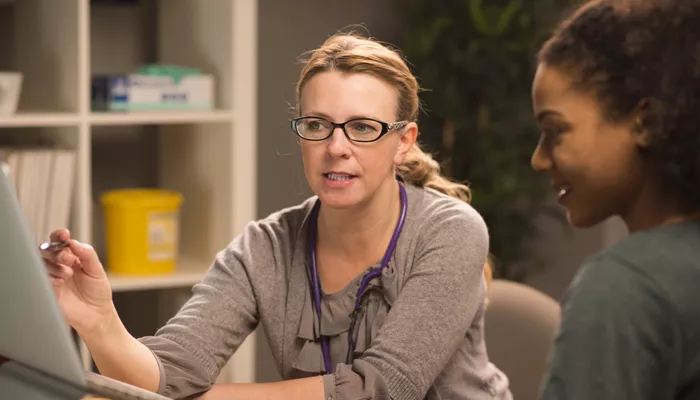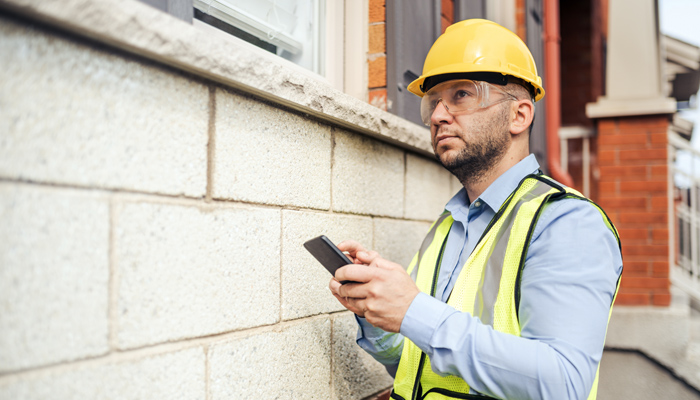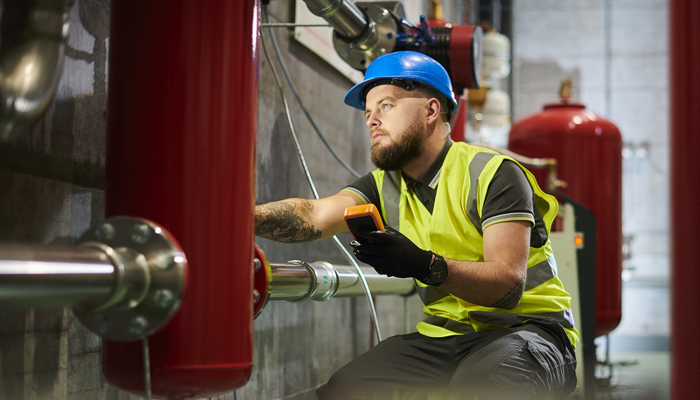Health and Safety: How to Carry Out a Risk Assessment at Work
The importance of successful risk assessments at work
Find out why risk assessments are important, how you can avoid accidents and help to reduce the chance of a liability insurance claim in this guide.
A slip-up like this could end-up costing a company thousands of pounds through damages claimed - not a cost that many of us can afford to be faced with, especially when running a business.
But it shouldn't all be about cost - people are at stake when it comes to health and safety. As a business, you have a duty of care to ensure that people who work for you and visitors to your place of work are safe.
This is why carrying out and acting on the findings from risk assessments is so important. But many business owners are not always sure where to start - which is why we have come up with this quick checklist to help.
1. Identifying the hazards
Identifying potential hazards around your place of work should be the first step in any risk assessment.
In many instances it is a case of walking around the site with a clipboard and pen - noting down what you believe to be a hazard - or potential hazard. The best way to do this is by using a risk assessment sheet - examples of which can be found on the health and safety executive website (HSE).
The HSE also recommends:
- Talking to your employees to see what they think
- Checking the manufacturer's instructions on company equipment
- Examining accident and ill health records to help identify less obvious hazards
2. Identify who could be affected
For each of the hazards it's important to understand who could be affected. Not all risks will affect everyone - the HSE recommend identifying groups of people who could be affected by particular risks and how they might be harmed.
For example:
- Members of the public visiting your site
- Contractual workers who may not be on-site all the time
- Workers with particular requirements - such as disabled, pregnant or migrant workers
3. Evaluate the risk
The next step is to consider each risk individually and decide how you're going to deal with them. Under health and safety law you must do everything "reasonably practicable" to protect people from harm.
The HSE suggests looking at comparing good practices with what you're already doing, what controls you have in place and how the work is organised. By doing this you can see what else you could be doing to improve standards.
As a business you need to ask yourself whether the risk can be removed altogether or, if this isn't possible, how you can control it to reduce the likelihood of an accident.
There are a number of ways of reducing the risk - whether it's down to preventing access to it, organising the work to reduce exposure to the risk or by simply issuing appropriate safety equipment.
4. Implement precautions
Once you've identified the risk, the people at risk and how you're going to deal with it, you simply need to ensure you have a record of this and put the precautions in place.
To comply with health and safety law you need to show that:
- A proper check was carried out
- You identified who could be affected
- You dealt with all obvious hazards
- Precautions put in place were reasonable and any remaining risk is low
- You involved staff or their representatives in the process
5. Review and update
Assessing risk doesn't end there - it's important to be continually assessing for risk as things do change - whether you bring in new equipment, introduce new procedures or potentially hazardous substances are brought on-site.
Here are a few items to consider when looking over your risk assessment to bring it up-to-date:
- Have there been any changes on-site?
- Are there improvements you could make?
- Have members of staff spotted potential problem areas?
- Have you learnt anything from accidents or near-misses?
Essentially it's important to make sure your risk assessment stays up-to-date - it can be easy to forget to review it. However, the last thing you want is something to go wrong as this could not only impact the people who are affected but can also impact your business and its reputation.
Public liability insurance from Towergate
For more information see our product liability insurance webpage or call us on 0344 892 1664.
Employers' liability insurance from Towergate
At Towergate we offer bespoke employers' liability insurance policies to suit your needs. Read more about our policies online or call us on 0344 346 0409 to speak to a specialist adviser.
About the author
 Alison Wild BCom (Hons), FMAAT, MATT, Taxation Technician is a highly respected industry professional who has been working with and advising SMEs in areas including tax, pensions, insurance and marketing for over 25 years. She is a member of the Association of Accounting Technicians (AAT) and Association of Tax Technicians (ATT) and also has over 20 years' experience as a residential landlord.
Alison Wild BCom (Hons), FMAAT, MATT, Taxation Technician is a highly respected industry professional who has been working with and advising SMEs in areas including tax, pensions, insurance and marketing for over 25 years. She is a member of the Association of Accounting Technicians (AAT) and Association of Tax Technicians (ATT) and also has over 20 years' experience as a residential landlord.
Date: February 10, 2013
Category: Small Business















